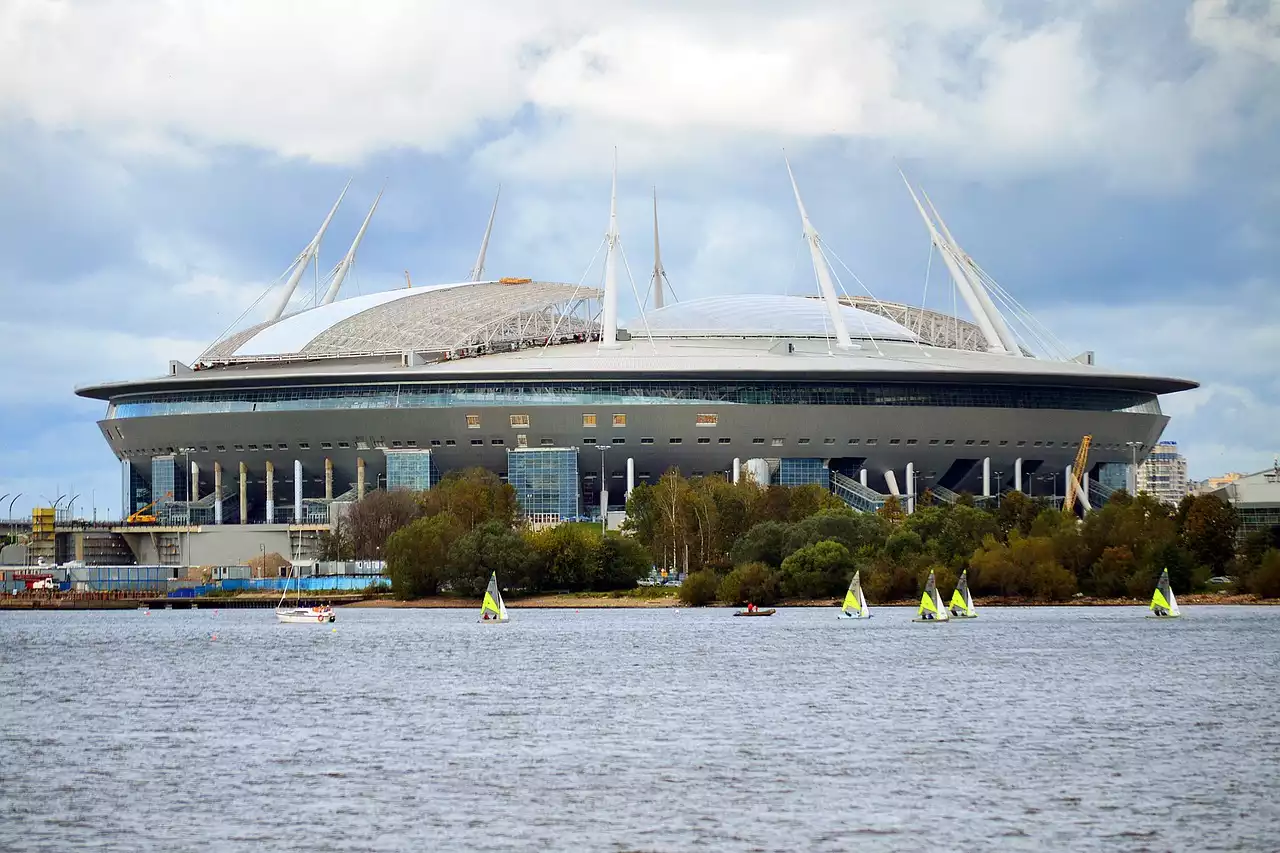Football has been growing in popularity as a global sport over recent years. The level of competition is constantly increasing, with more people than ever before playing football and watching it on TV. One example of how much the sport has grown can be seen through the impact that the FIFA World Cup™ has on its host nation. In recent tournaments – such as Brazil in 2014 or Russia in 2018 – there’s been a huge surge in interest and participation in football. This article is all about Nike Mercurial Boots and FIFA World Cup. We will be taking a detailed look at how Nike Mercurial Boots have influenced this major sporting event historically, but also how they will impact it moving forward…
A Brief History of Nike Mercurial Boots and the FIFA World Cup
The first FIFA World Cup was held in Uruguay in 1930. It was only 16 teams playing knockout at a time when the sport was mostly played in Europe and South America. It wasn’t until 1974 that FIFA decided to hold the tournament every two years, and the first official World Cup outside of Europe and South America was held in Mexico in 1986. It was at this point that the governing body started to gain a real foothold in the world of football and it was also around this time that Nike began to influence the game. The original Mercurial boot was released in 1998, and with this, Nike established their place as one of the real leaders in world football. The first World Cup that the Mercurials were used in was the 2002 tournament held in Japan and South Korea. This was the first time that Nike had been the official provider of boots for the tournament. The most famous Mercurial wearer from that tournament was Brazilian legend Ronaldo, who scored two goals in five games for his country and lifted the trophy as captain. He wore the Mercurial in every game he played in and scored five goals, including a free kick against Mexico in the quarter-finals.
2010 FIFA World Cup: The Rebirth of Football in South Africa
South Africa, the host of the 2010 FIFA World Cup, had been struggling with growing interest in football from the mid-1990s onwards. The country had been the first non-European host in the 1990s but was forced to continuously re-evaluate its approach to the sport due to the social and economic crises it faced during that period. In 2008, South Africa had the highest murder rate in the world with 17.6 homicides per 100,000 people. Football, with its high profile and huge popularity, was seen by many as a dangerous sport to get involved in. To turn this around, the government and Football Association of South Africa (FASA) decided to use football as a tool to re-engage communities, with a particular focus on using the 2010 FIFA World Cup to create a renewed interest in the sport.
2014 FIFA World Cup: Brazillionaires’ Party
Brazil, the host of the 2014 FIFA World Cup, is a country that is synonymous with football. Soccer has played a huge role in the development of the country, and it’s even been suggested that the term ‘Brazil’ might be derived from the word ‘Breasal’, which is an Irish word for a football-like game. In 2014, Brazil was seen as one of the favorites to win the tournament, and the world was watching to see if the host nation could lift the trophy. The 2014 FIFA World Cup was the biggest sporting event in the history of the planet. It was estimated that the tournament would generate around $10 billion and would have a much wider impact on Brazil’s economy, and social and cultural development. The scale of the tournament and the sheer number of people who were involved in some shape or form made it a deeply challenging event to plan and execute.
2018 FIFA World Cup: More Robots, More Data, and Even More Investments
The 2018 FIFA World Cup will be hosted by Russia and there’s a huge amount of investment taking place in infrastructure, technology, and preparation for the tournament. The host nation has a reputation for being technologically advanced and playing a leading role in the development of robotics and artificial intelligence. There are discussions about how robots will be used at the tournament and how they could be integrated into different aspects of the tournaments. An example of this is a Russian-built robot that could be used in medical emergencies at the stadium.
Key Takeaway
The FIFA World Cup is the biggest sporting event in the world, drawing millions of fans and billions of dollars in investment every two years. This tournament has the power to influence fashion, culture, and investment in a country. If you’re a fan of football, then you know how important it is to wear the right kind of footwear. Nike Mercurial Boots are a huge choice for players who want to make sure they have the best footwear for the game.


 6 Family-Friendly Initiatives in Danish SuperLiga
6 Family-Friendly Initiatives in Danish SuperLiga
 The Biggest 6 Attendances in The History of Liga Portugal
The Biggest 6 Attendances in The History of Liga Portugal
 Promising Talents: The Young Rising Stars of Serie A
Promising Talents: The Young Rising Stars of Serie A The History of the Football Boot
The History of the Football Boot FIFA World Cup - Adidas Tango Football Boots
FIFA World Cup - Adidas Tango Football Boots FIFA World Cup - Adidas Predator Football Boots
FIFA World Cup - Adidas Predator Football Boots Adidas X SpeedPortal Football Boots and FIFA World Cup
Adidas X SpeedPortal Football Boots and FIFA World Cup